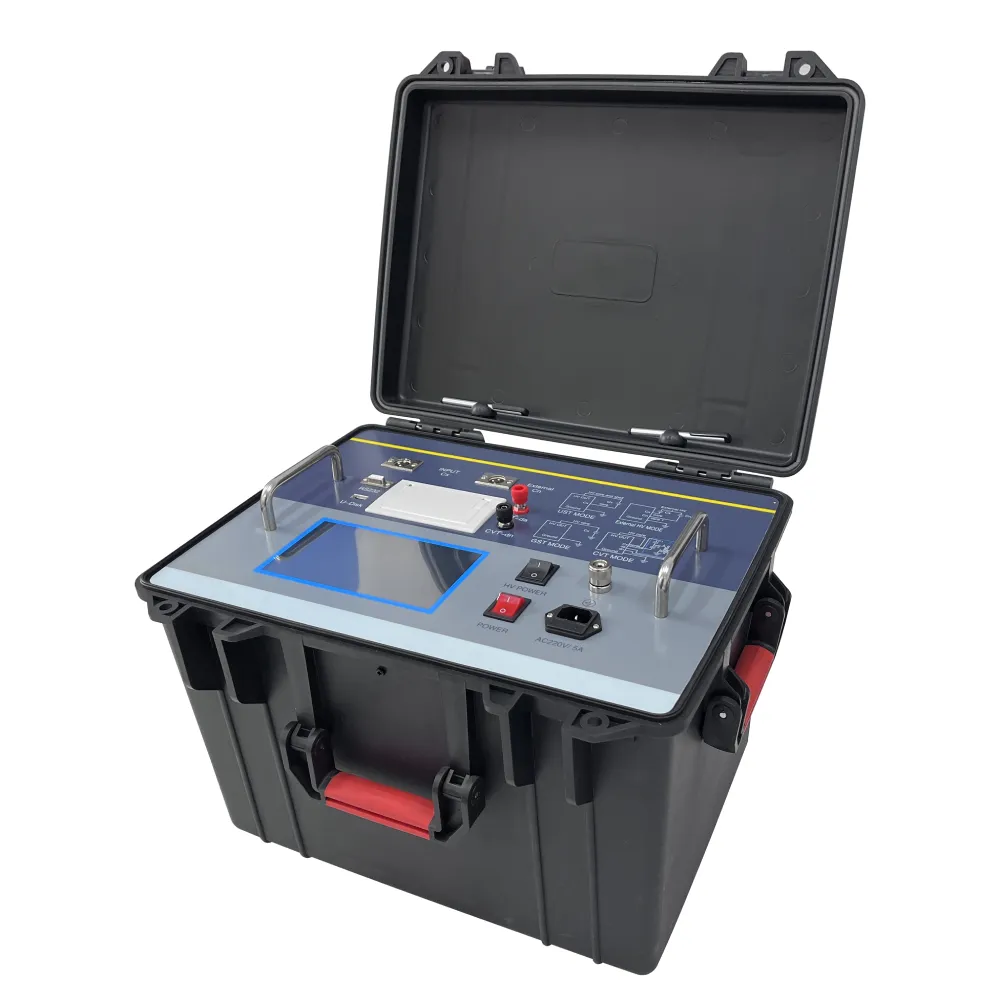 English
English


flash point measuring apparatus
Understanding Flash Point Measuring Apparatus
Flash point measuring apparatus are essential devices used in various industries to determine the flash point of liquids. The flash point is defined as the lowest temperature at which vapor of a volatile substance can ignite in air when exposed to an ignition source. This property is crucial for safety, regulatory compliance, and product quality in fields such as petrochemicals, paints, lubricants, and pharmaceuticals.
Importance of Flash Point Determination
The flash point serves as a key indicator of a substance's flammability and volatility. It provides significant information for handling, storage, and transportation, helping to mitigate risks of fire and explosion. Understanding a liquid’s flash point is vital for manufacturers and safety professionals as it dictates safety precautions, labeling requirements, and the selection of protective equipment.
In many jurisdictions, regulatory bodies have established codes and standards that specify the flash points of various substances. For instance, the Occupational Safety and Health Administration (OSHA) and the National Fire Protection Association (NFPA) set guidelines to ensure work environments remain safe. Industries are required to assess and document the flash points of chemicals they handle to align with these regulations.
Types of Flash Point Measuring Apparatus
Flash point measuring apparatus come in several types, the most common being the open cup method and the closed cup method. Each method has its advantages and scenarios in which it is appropriate to use.
flash point measuring apparatus

1. Open Cup Method In this method, a sample is placed in an open vessel, and a heat source raises its temperature. An ignition source is applied to the vapors above the liquid. The flash point is recorded when a flash is seen. The Cleveland Open Cup (COC) tester is a well-known apparatus for this method. This technique is typically used for substances with higher flash points.
2. Closed Cup Method This method involves testing a liquid in a sealed container, which prevents vapor escape. A small amount of sample is heated, and the ignition source is introduced. The Flash Point is recorded with the lowest temperature at which a flash occurs. The Pensky-Martens Closed Cup tester is a widely used device that conforms to several safety standards. This method is preferred for materials that have lower flash points and provides a more accurate assessment of flammability in real-world applications.
Innovations in Flash Point Measuring Technology
Recent advancements in technology have led to the development of automated flash point testers, which improve accuracy and reduce human error. These modern devices often come equipped with digital interfaces that provide real-time data, enhancing usability and ensuring compliance with stringent industry standards. Additionally, they may offer features like temperature control systems and safety mechanisms that prevent the release of potentially hazardous vapors during testing.
Conclusion
Flash point measuring apparatus are critical tools across diverse industries for ensuring safety and compliance. As regulations tighten and the importance of safety in handling flammable substances grows, these devices will continue to evolve. Ensuring that industries are equipped with accurate and efficient technology not only protects workers but also enhances overall operational safety. Understanding the types of flash point measuring apparatus and their applications is essential for professionals in the field, enabling informed decisions about chemical safety and handling practices.
-
Differences between open cup flash point tester and closed cup flash point testerNewsOct.31,2024
-
The Reliable Load Tap ChangerNewsOct.23,2024
-
The Essential Guide to Hipot TestersNewsOct.23,2024
-
The Digital Insulation TesterNewsOct.23,2024
-
The Best Earth Loop Impedance Tester for SaleNewsOct.23,2024
-
Tan Delta Tester--The Essential Tool for Electrical Insulation TestingNewsOct.23,2024





